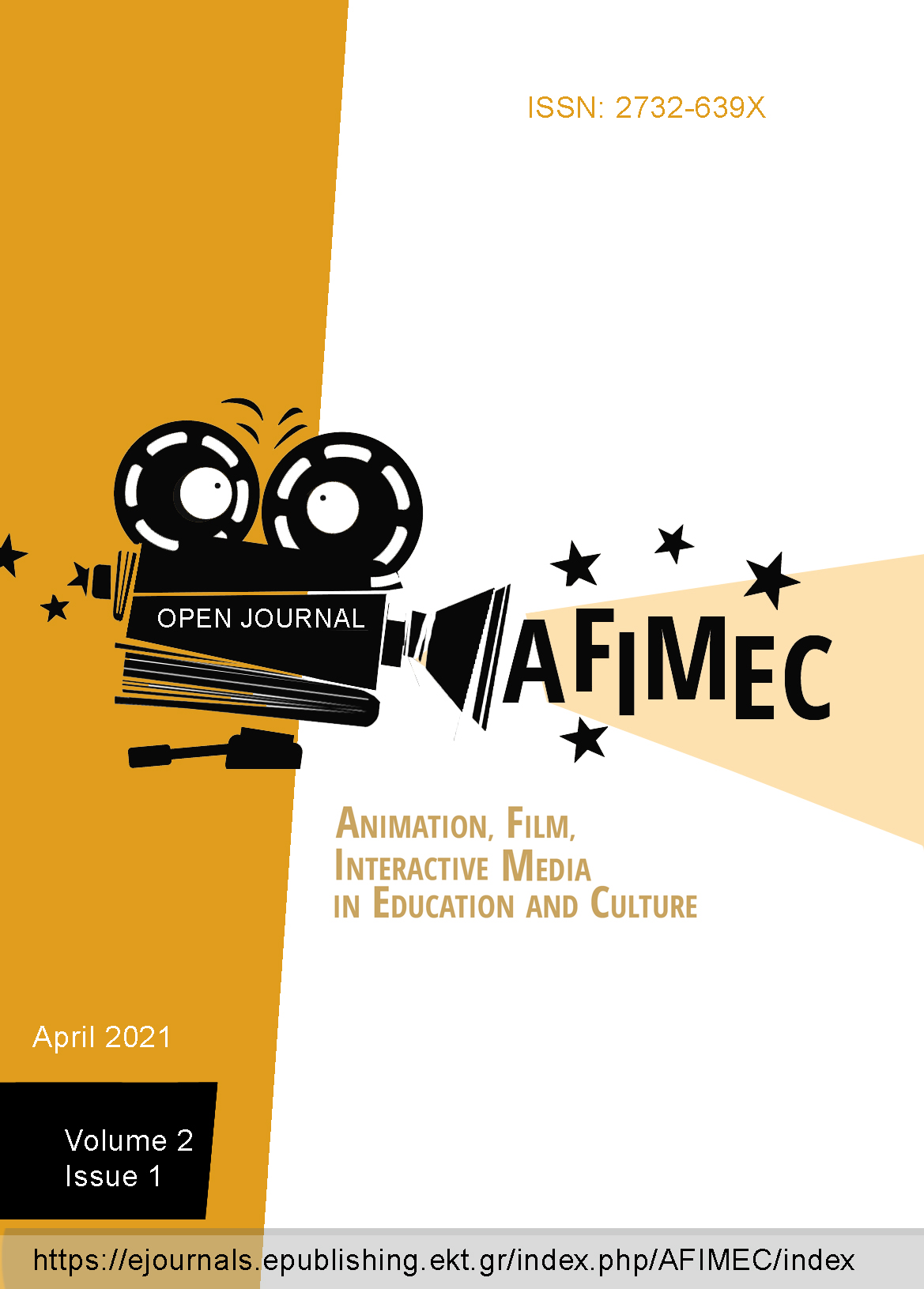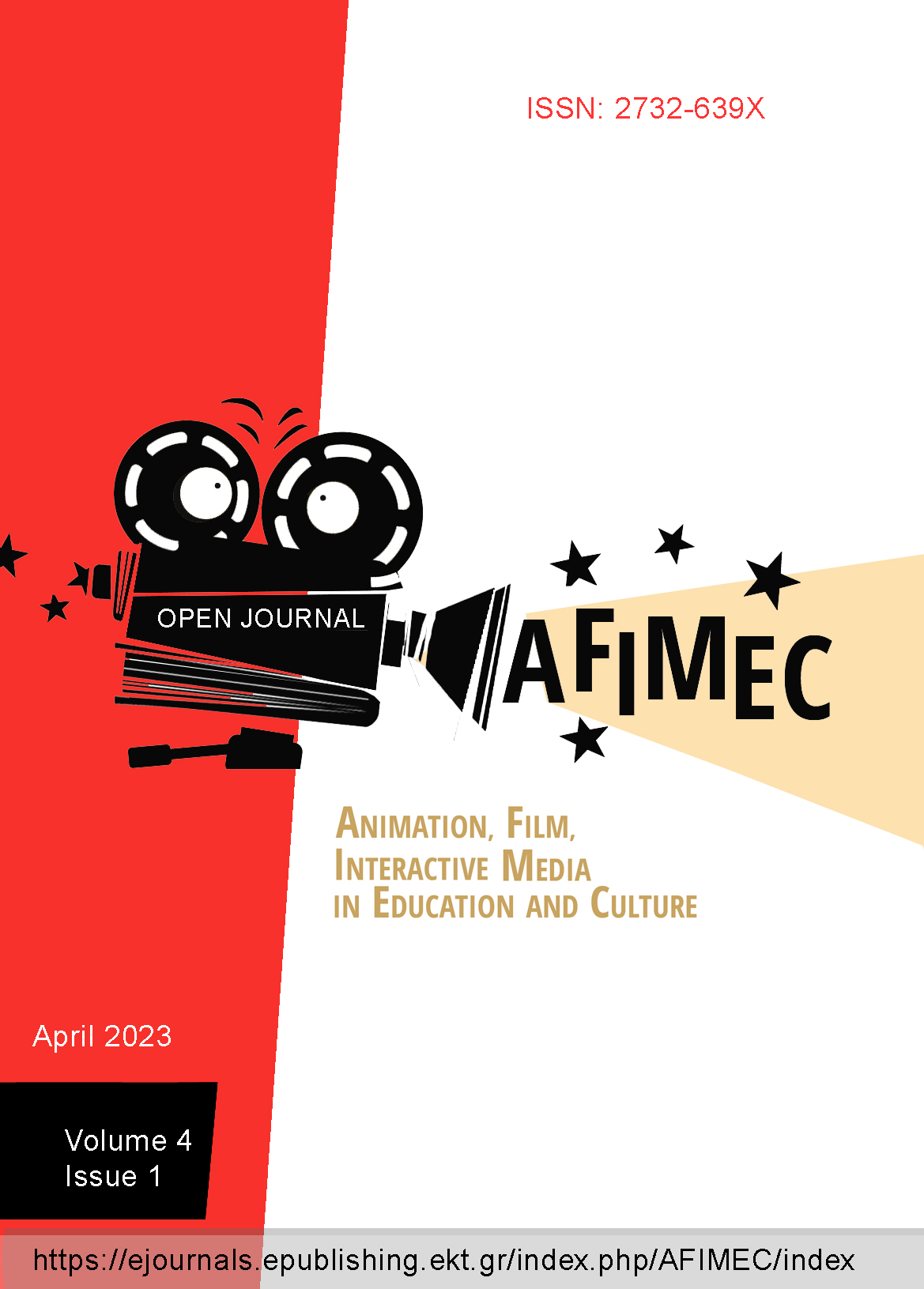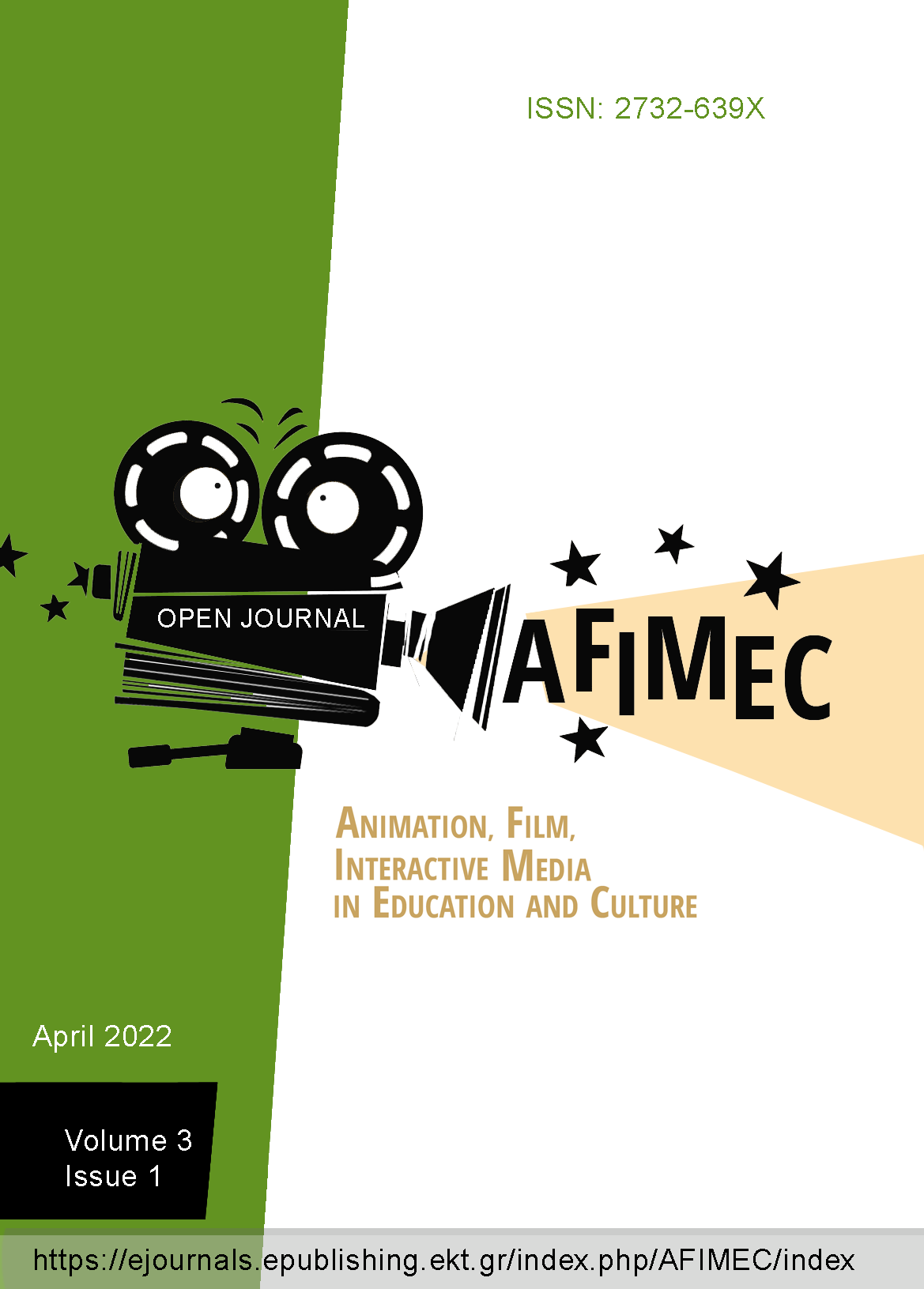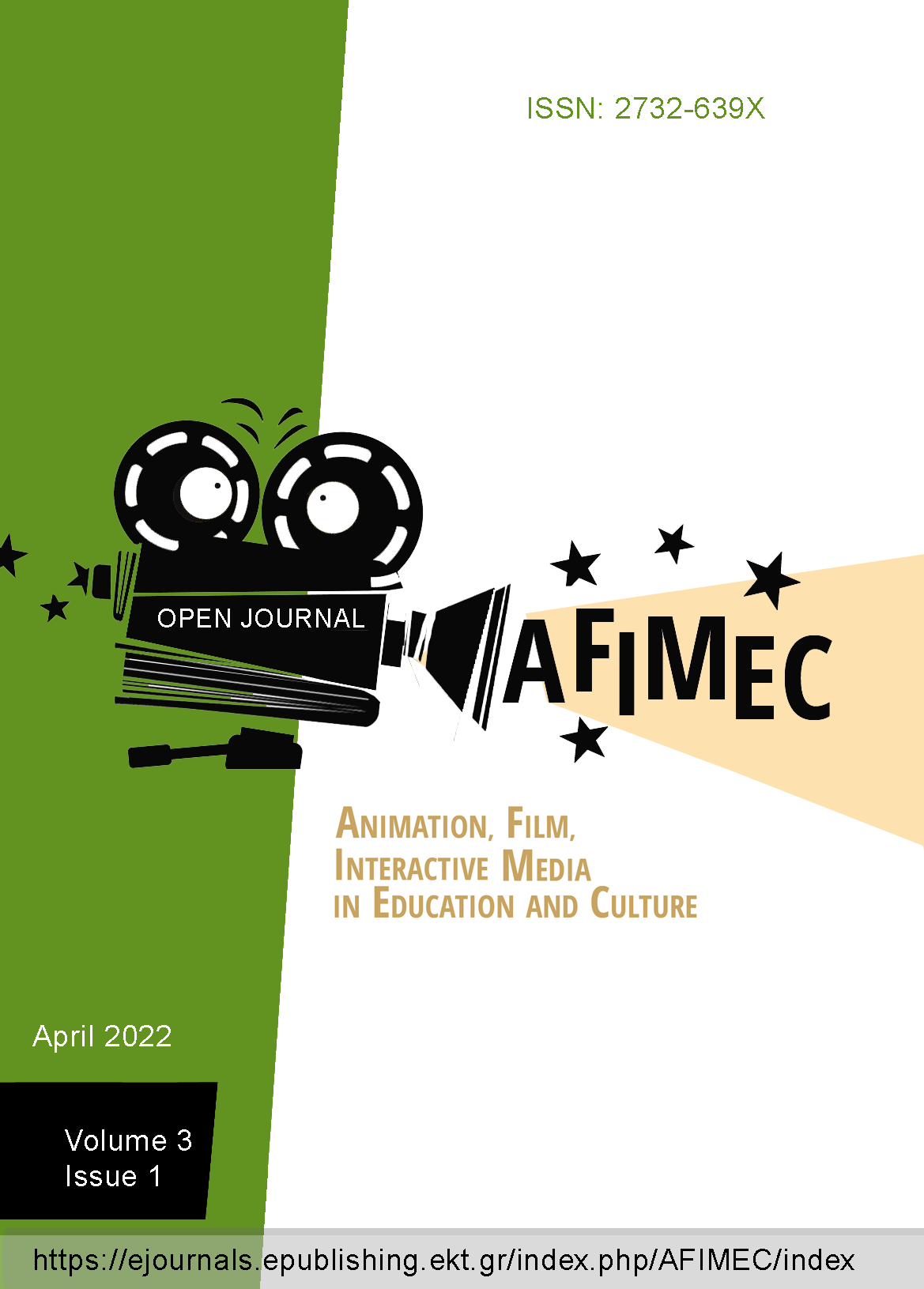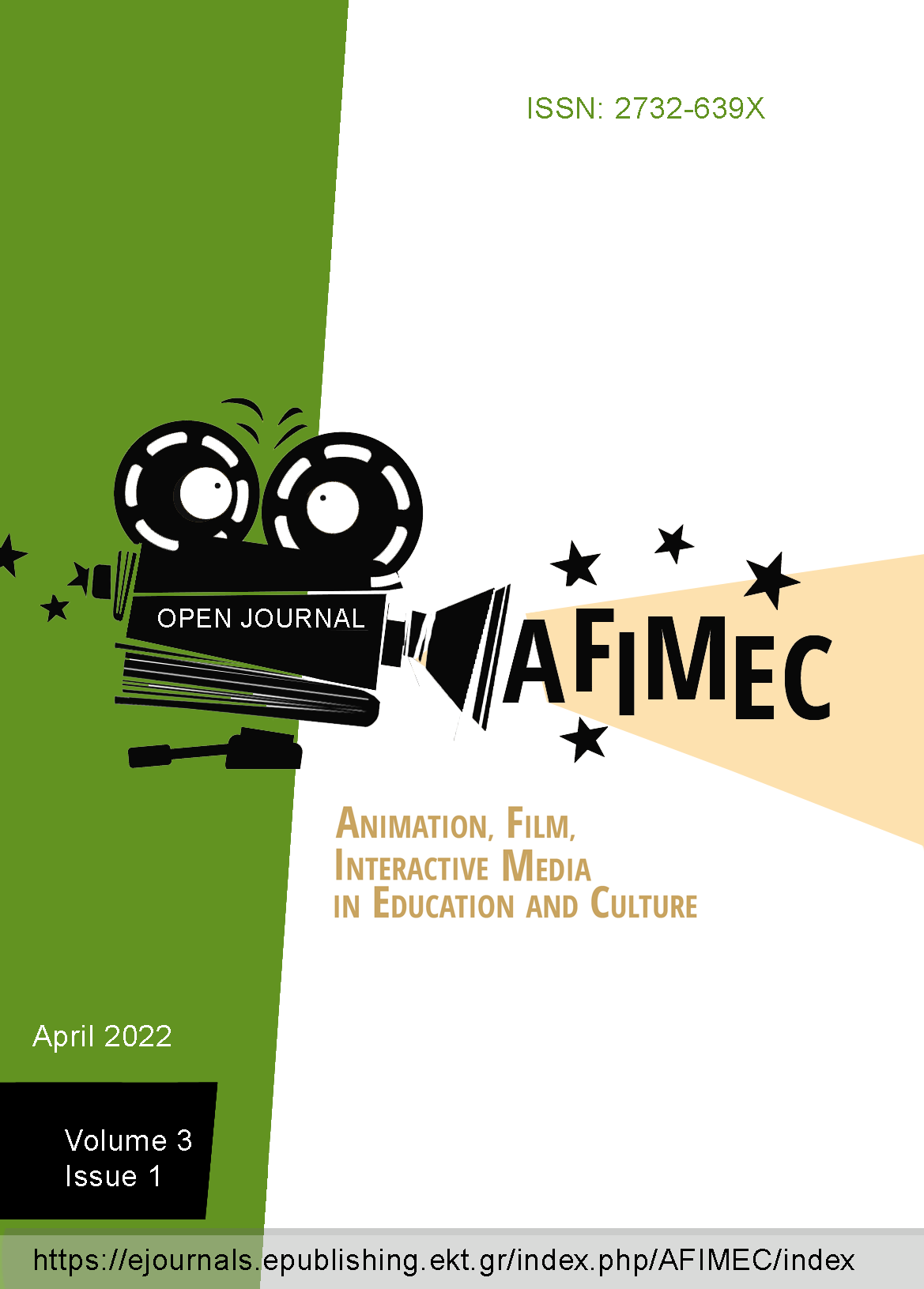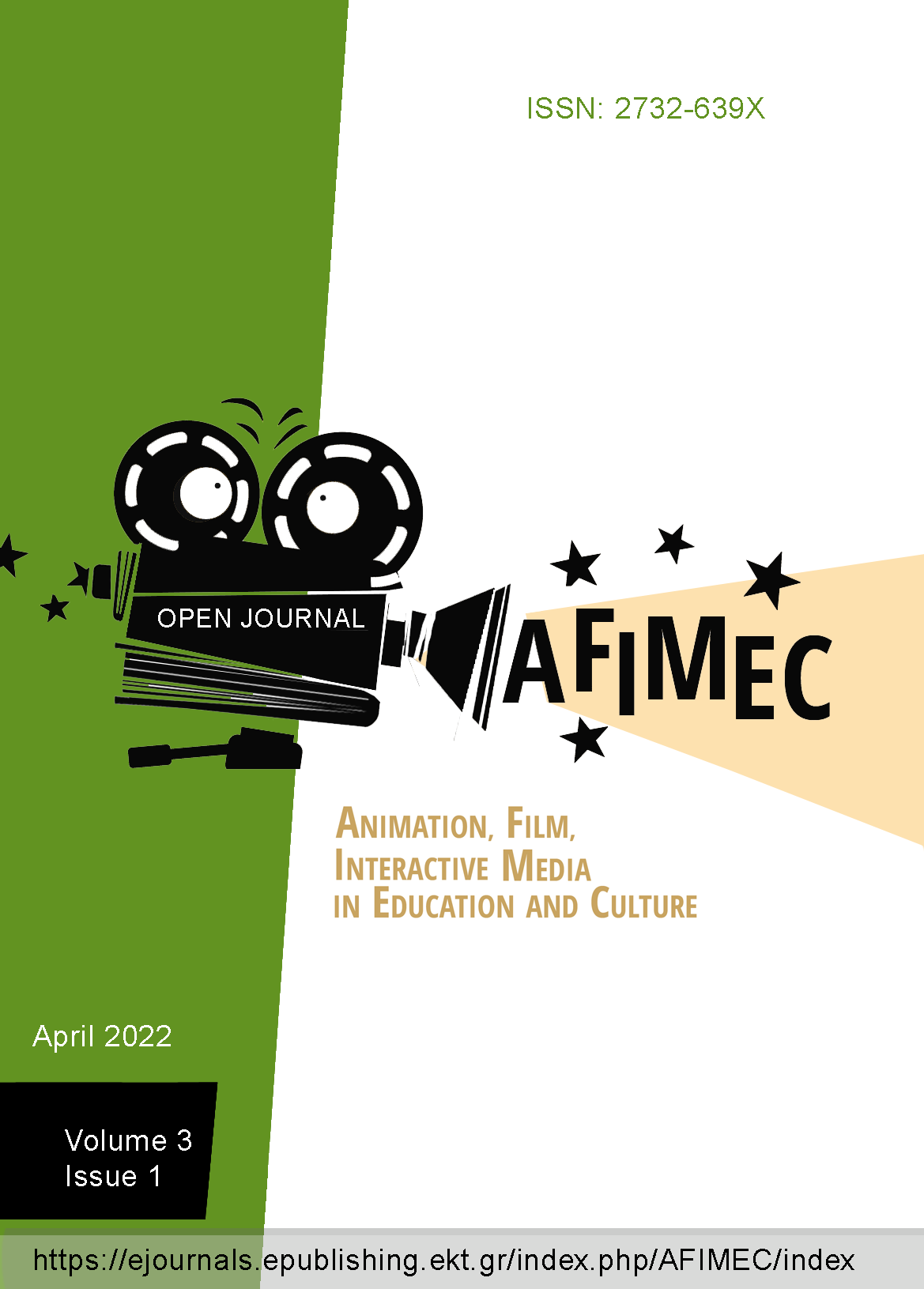Η χρήση και αποτελεσματικότητα του video modeling στην εκπαίδευση δραστηριοτήτων καθημερινής ζωής σε παιδιά με Διαταραχή Αυτιστικού Φάσματος ηλικίας 4-7 ετών

Abstract
This experimental research paper investigated the use and effectiveness of video modeling as a therapeutic and educational intervention to improve 2 activities of daily living (ADL) (brushing teeth and putting on socks/shoes) of children diagnosed with autism spectrum disorder (ASD). The purpose of the study was to investigate the effect of the video modeling intervention on the acquisition and retention of ADL skills in this population.
The study design included a Randomized Controlled Trial (RCT) including pre-test, post-test, and transfer and generalization phase evaluation of the effectiveness of video modeling compared to traditional teaching methods. A sample of 10 children (4 to 7 years old) with a diagnosis of ASD was collected and randomly assigned to an experimental group and a control group, after the necessary controls were first carried out both for the level of the participants using weighted scales and assessment tools, and to ensure the equivalence of the groups.
Quantitative data were collected using standardized assessment tools at pre-intervention, post-intervention and during sessions to measure skill acquisition, generalization, and retention. Qualitative data on the usefulness and effectiveness of video modeling were also collected.
The results demonstrated the superiority of the video modeling intervention in both of the 2 activities studied, as well as the more effective transfer and generalization of these activities to different settings.
Article Details
- How to Cite
-
Βούλγαρης Η., & Σοφός Α. (Λοΐζος). (2024). Η χρήση και αποτελεσματικότητα του video modeling στην εκπαίδευση δραστηριοτήτων καθημερινής ζωής σε παιδιά με Διαταραχή Αυτιστικού Φάσματος ηλικίας 4-7 ετών. Open Journal of Animation, Film and Interactive Media in Education and Culture [AFIMinEC], 5(1). https://doi.org/10.12681/afiinmec.38370
- Section
- Εφαρμοσμένο μέρος (Practice)
- Οι Συγγραφείς διατηρούν τα Πνευματικά Δικαιώματα και χορηγούν στο περιοδικό το δικαίωμα της πρώτης δημοσίευσης ενώ ταυτόχρονα τα πνευματικά δικαιώματα της εργασίας προστατεύονται σύμφωνα με την Creative Commons Attribution License που επιτρέπει σε τρίτους - αποδέκτες της άδειας να χρησιμοποιούν την εργασία όπως θέλουν με την προϋπόθεση της διατήρησης των διατυπώσεων που προβλέπονται στην άδεια σχετικά με την αναφορά στον αρχικό δημιουργό και την αρχική δημοσίευση σε αυτό το περιοδικό.
- Οι Συγγραφείς μπορούν να συνάπτουν ξεχωριστές, και πρόσθετες συμβάσεις και συμφωνίες για την μη αποκλειστική διανομή της εργασίας όπως δημοσιεύτηκε στο περιοδικό αυτό (π.χ. κατάθεση σε ένα ακαδημαϊκό καταθετήριο ή δημοσίευση σε ένα βιβλίο), με την προϋπόθεση της αναγνώρισης και την αναφοράς της πρώτης δημοσίευσης σε αυτό το περιοδικό.



